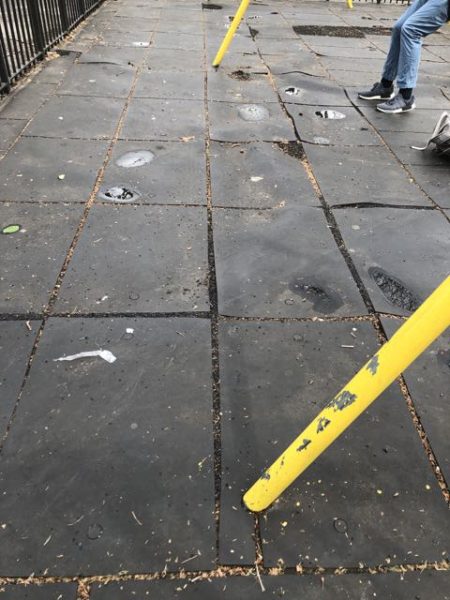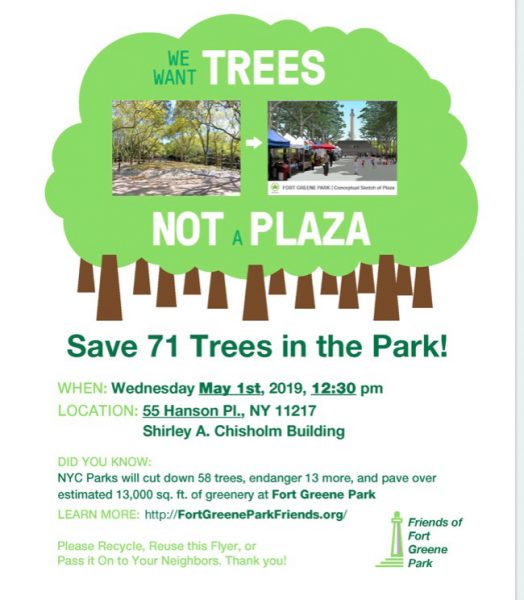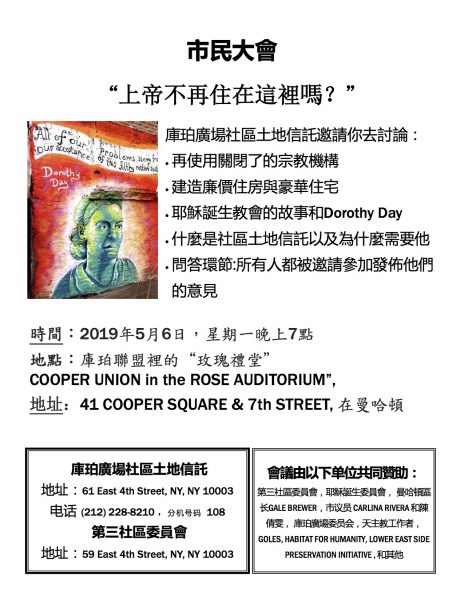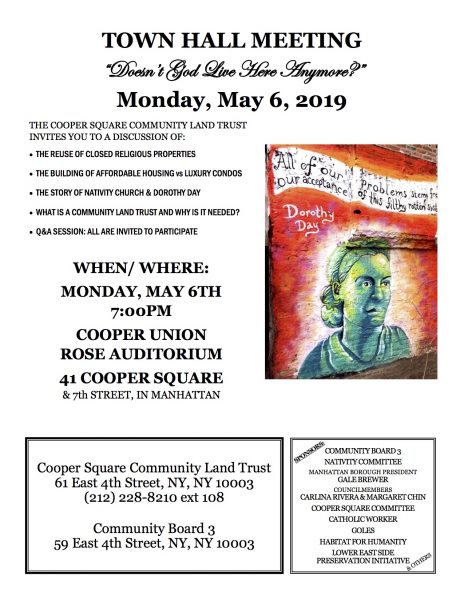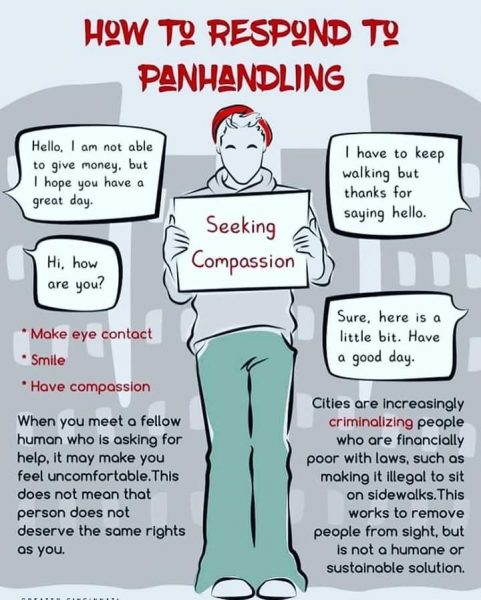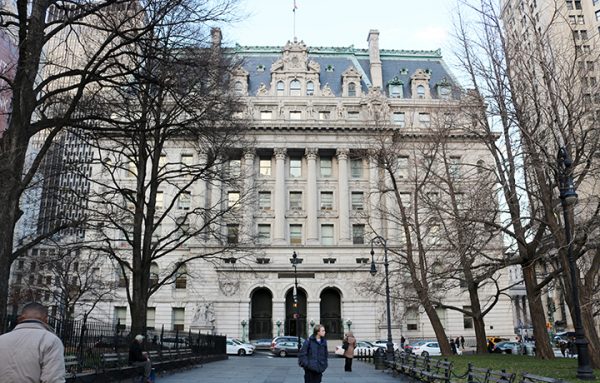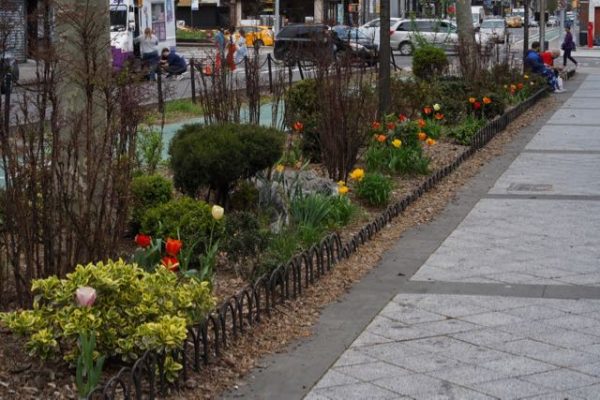From the NYC Municipal Archives:
The Lung Block: A New York City Slum & Its Forgotten Italian Immigrant Community
April 26 – August, 2019
31 Chambers Street, First Floor Gallery, NYC 10007
In 1933, a lively Italian
immigrant enclave on the Lower East Side was wiped from the map. Although
indistinguishable from the rest of the Lower East Side in many ways, this
particular block existed under the shadow of a sinister narrative: death was
embedded in the very walls of each building. According to the wealthy white
Progressive reformers, this Lung Block – a generic term for a place where
tuberculosis proliferated – represented a threat not just to its poor immigrant
residents, but to the city at large.
Explore the history of
immigrant housing and reform efforts in NYC at the start of the 20th century
through one community.
Exhibit Opening and Reception: The Lung Block
Thursday, April 25th – 6 p.m. – 8 p.m.
31 Chambers Street (Suite 111), New York, NY 10007
RSVP HERE
Join the NYC Department of
Records and exhibit curators Stefano Morello & Kerri Culhane for the opening
of the Lung Block exhibit – which tells the story of a lively Italian immigrant
enclave on the Lower East Side wiped from the map in 1933.
Tour: Revisiting the Lower East Side’s Most Notorious Block
Sunday, May 5th – 11 a.m.
St. Joseph’s Church, 53 Catherine Street, New York, NY 10038
RSVP HERE
Join us for a walking tour led by Kerri Culhane and Stefano Morello to revisit a long-lost Lower East Side with the curators of the current exhibition “The Lung Block: A New York City Slum and Its Forgotten Italian Immigrant Community,” on view at the Department of Records. We will visit cultural, religious, and residential landmarks within the Two Bridges neighborhood, as we explore public and private housing responses to poverty and disease, and discuss immigration and gentrification in early 20th century New York.
Note: To request language interpretation services, please contact the Language Access Coordinator at least three (3) business days before an event.
Note: If you require an auxiliary aid or service in order to attend a DORIS event, please contact our Disability Service Facilitator.
